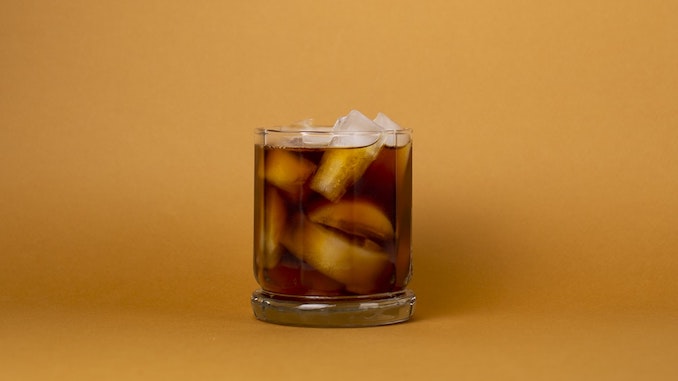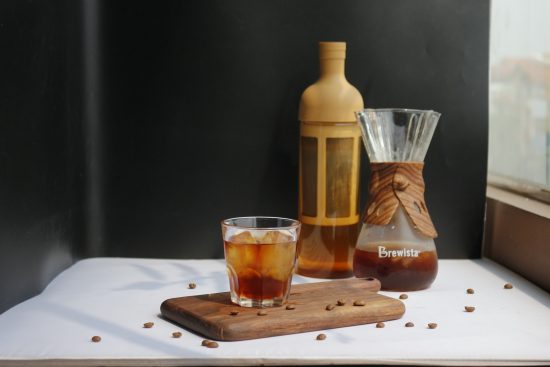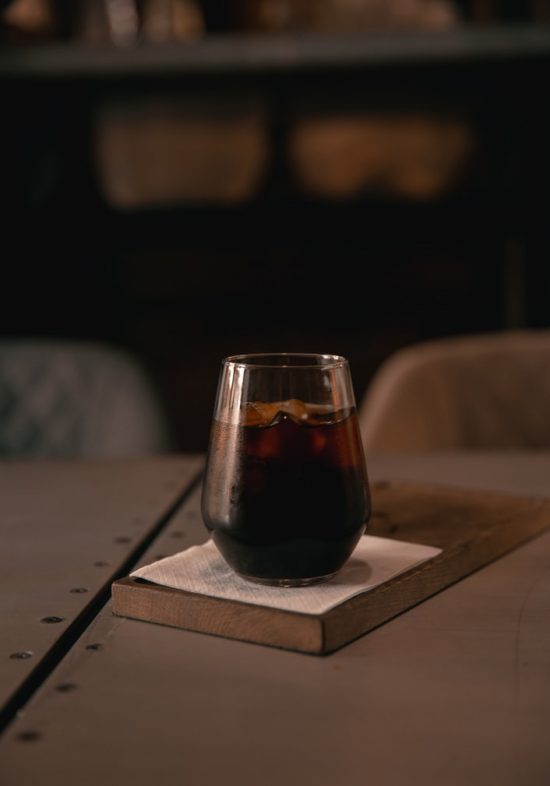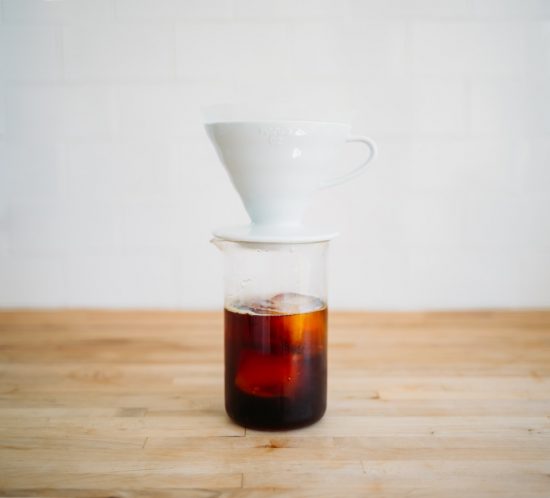
Cold brew has had a long run of popularity, but will good “old fashioned“ iced coffee ever make a return?
BY TOBIAS ANDERSON
SPECIAL TO BARISTA MAGAZINE ONLINE
Cover photo by Wade Austin Ellis for Unsplash
For the cold coffee lovers of the industry, it’s very likely that cold brew has become your go-to drink over the past several years. It’s everywhere, from the hole-in-the-wall specialty café down the street to the Dunkin’ Donuts at the strip mall. Cold brew has taken over the coffee world. In 2017, the U.S. had an annual cold brew growth of 370%, and by 2025 annual sales are predicted to be $944.16 million, a fivefold increase from 2017.
But, by the outspoken word of a few aficionados, cold brew’s popularity may begin to be challenged by an unexpected rival: iced coffee. That’s right, good ol’ brewed coffee on ice. What is the reason for the resurgence, and what can iced coffee offer over the current champion of summer caffeination?
Let’s start by looking at what’s in the cup.

Antioxidants
Cold brew is a kind of preparation, and iced coffee is not. It is from the process of cold or room-temperate water extraction that cold brew gets its name—not because it is served cold. Coarsely ground coffee is allowed to sit in cold water anywhere from 12 to 24 hours.
While the cold water extraction process is what makes the taste notably sweeter, smoother, and more chocolaty than coffee brewed with hot water, it also comes with some usually overlooked downsides. Research conducted at Thomas Jefferson University in Philadelphia showed that more antioxidants can be extracted through a hot brewing process, especially from dark roasts (the profile almost always used in cold brew).
Caffeine
Many often claim that cold brew has a higher caffeine content than regular brewed coffee. This is a bit deceiving. The caffeine content of a beverage is actually due to a variety of factors, including:
- Ratio of beans to water
- Serving size
- Coffee bean type
- Water temperature
- Grind size
- Brewing time
In general, cold brew is made with a higher coffee-to-water ratio than hot-brewed coffee (around 1:8 in cold brew and 1:20 in hot coffee), resulting in higher caffeine content. Longer brew times also result in higher levels of caffeine.
However, the increased surface area provided by a fine grind, plus the fact that hot water extracts more caffeine than cold water, are both factors that limit caffeine extraction when cold brewing.
Acidity
Cold brew’s impressive rise in popularity stems not only from the consumer’s enjoyment of the beverage’s unique qualities, but also from some stated health benefits of the cold-brewing process. The same study by Thomas Jefferson University showed that not only does brewing cold reduce the number of antioxidants, it also doesn’t yield a less acidic beverage as is usually claimed. pH levels of both hot and cold coffee ranged from 4.85 to 5.13 in all samples.
So how did cold brew garner such a favorable reputation among health aficionados without actually having many of the touted benefits?

Here’s the Story
The Japanese were cold brewing coffee as early as the 1600s. They may have modified brewing techniques they learned from Dutch traders who had developed a way to brew coffee at sea without lighting a “dangerous fire,” but the true origin story is filled with speculation.
It was not until the invention of the Toddy Brewing System by Todd Simpson in 1960 that the drink began to take off commercially. By the ’90s, American coffee shops were using cold-brew concentrates in their blended drinks. In the summer of 2015 Starbucks released its own cold brew, marketing it as “naturally sweet and smooth.”
So, while cold brew did provide 17th century sailors with a safe method of brewing coffee, it seems that the modern frenzy is more the product of very effective marketing campaigns than the discovery of a superior brewing method.
A Case for the Return of Iced Coffee
If you are looking for a sweeter coffee with a more full-bodied texture, you will probably prefer cold brew. Its longer shelf life can also be appealing.
But there are qualities to iced coffee that cold brew does not have. Flavor notes are extracted better using the ideal temperature of about 200 degrees Fahrenheit. Lighter roasts, beloved in the coffee world for their complex flavor profiles, are, for instance, almost never used in cold brew, as the method does not permit the coffee’s unique qualities to emerge.
The ideal method for preparing a delicious iced coffee is a technique called flash brewing. In this case, filter coffee is brewed directly over ice, capturing the complexity of the coffee before it can escape. What makes this method so appealing is that you get to tase the characteristics of the coffee that you’re brewing with. Cold water brewing, while deliciously smooth and chocolaty, can remove the characteristics that roasters have worked so hard to source, roast, and preserve.
The emerging research presented in the article, as well as developments in brewing techniques as demonstrated by James Hoffmann and other experts, is the reason we will likely see more specialty-coffee shops experimenting with iced coffee in the coming years.

Final Thoughts
If you have worked as a barista, you probably have noticed that in general, people treat iced coffee as an inferior drink. Many customers will opt for an iced Americano if cold brew is not available, rather than order an iced coffee. Hopefully, this article helps to show that such opinions are more the product of effective branding campaigns than qualitative comparison. There is no point denying ourselves the chance to experience something wonderful on a priori assertions. Try it for yourself. You may be pleasantly surprised.
ABOUT THE AUTHOR
Tobias Anderson (he/him) is a freelance writer and six-year veteran of the specialty-coffee industry. Coffee and conversation are the greatest joys in his life. You can reach him at tobiasandersonwork@gmail.com.

